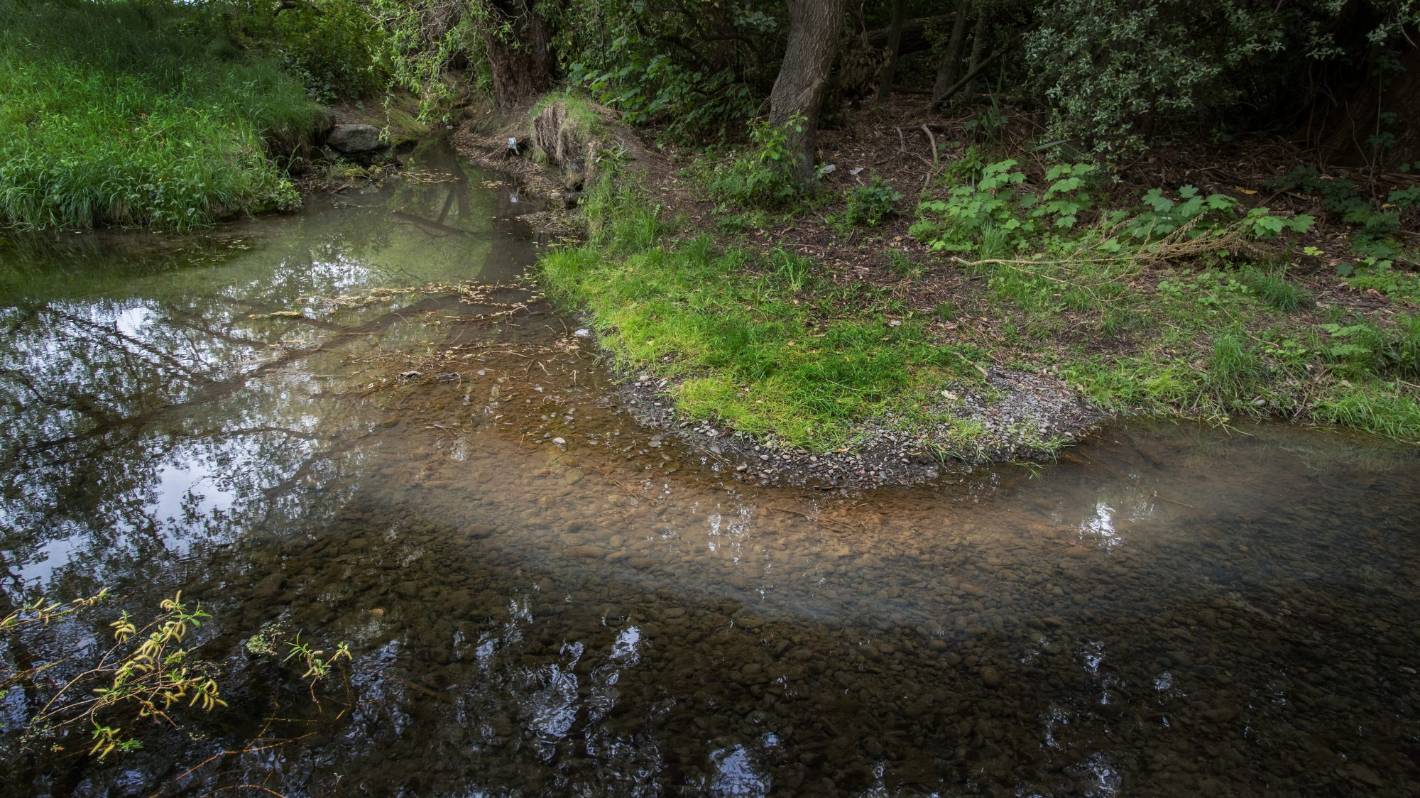Background
Reason
One of the biggest threats in the world is plastic in the water which endangers the precious life of the marine species and is affecting the overall food chain of people ultimately. Hence with a mission of having plastic-free water worldwide, a social enterprise “Plastic Whale” has evolved.
Overview
In order to have plastic-free water around the globe, Plastic whale foundation has started by creating value from the waste of plastic. They first started in the year 2014 with having a single challenge of making a. . .
